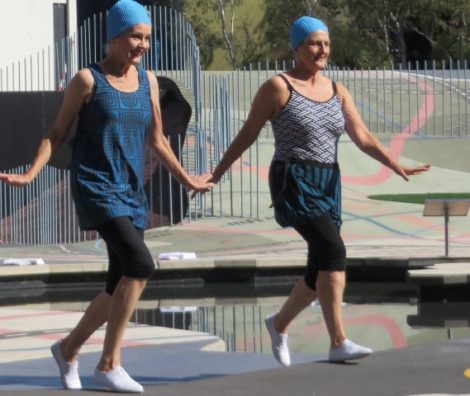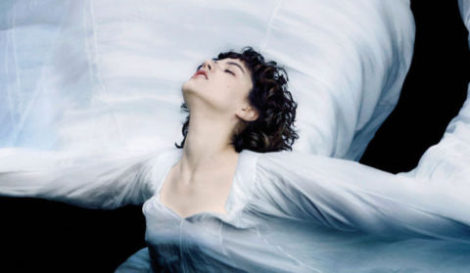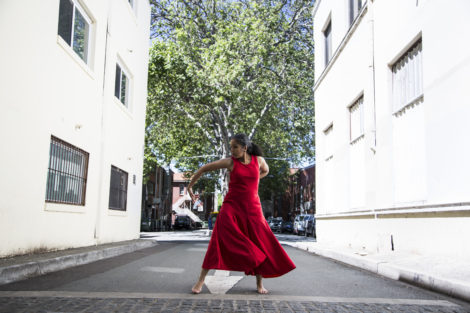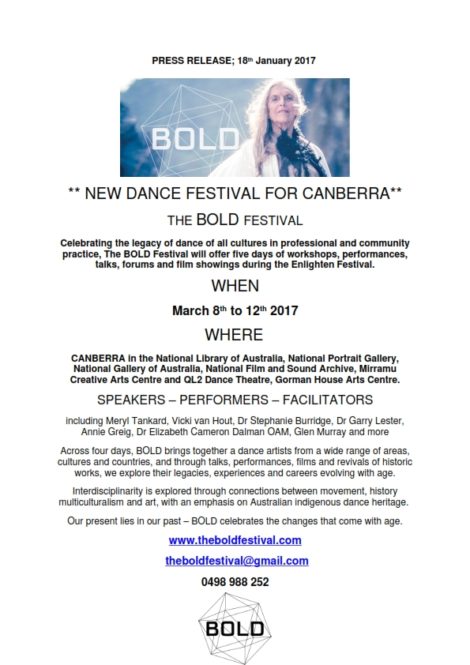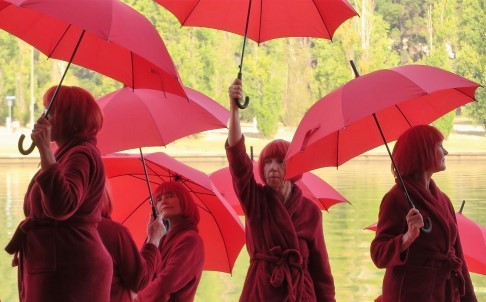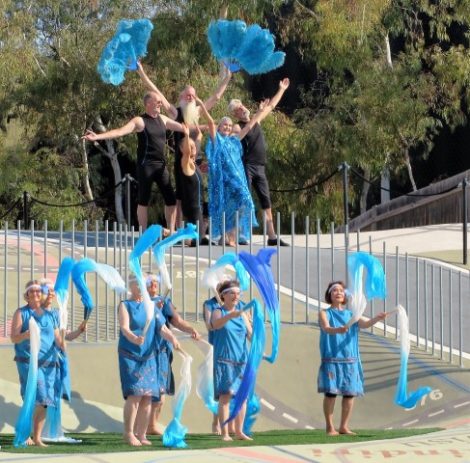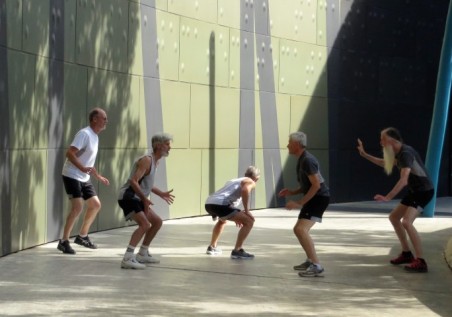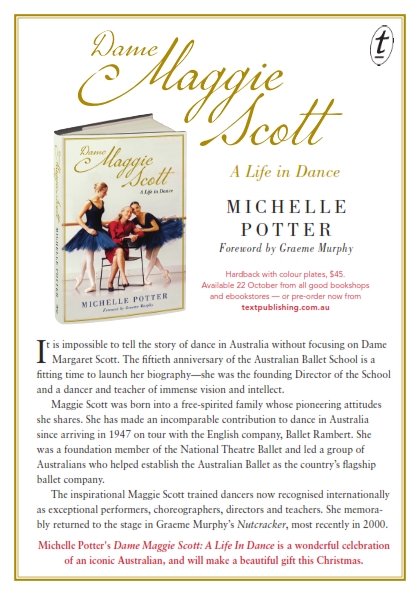Back in 2017 I spoke to Philip Piggin, then working as Creative Program Officer at Belconnen Arts Centre in Canberra, and at the time a recipient of an honour from People Dancing, a major community dance organisation based in Britain. An article focusing on that interview appeared in The Canberra Times and is still available, at the time of posting this news item, in an online version at this link.
Since then, Piggin has moved on from Belco and is now working freelance, with particular emphasis on the program ZEST Dance for Wellbeing, as well as teaching at Canberra Dance Theatre where he also holds life membership. It was time to talk again, in particular about the ZEST program in which movement classes are designed, as the website says, ‘for adults who want to keep their body and brain active and healthy, regardless of their mobility, skill or age.’
As the image below shows, ZEST classes start sitting on a chair but there is an option to stand and I was especially interested to ask Piggin to talk a little about his interest in teaching dance to people of different abilities. He spoke eloquently and enthusiastically about this aspect of his work:
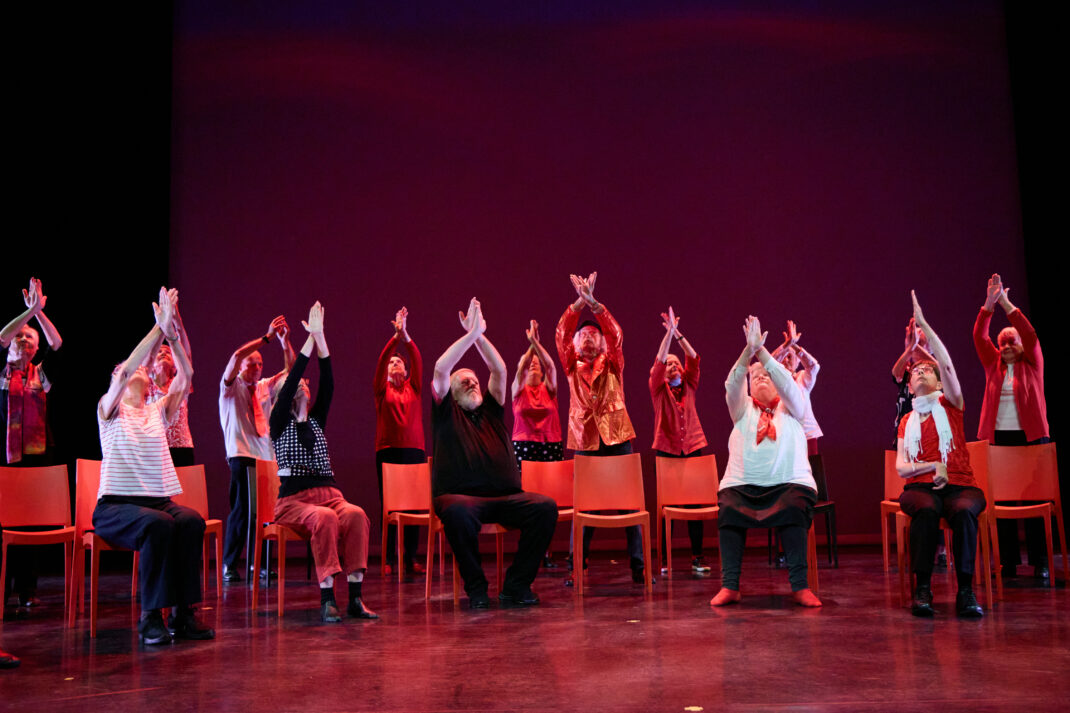
Teaching people of different abilities, young and not so young, has been a long-time component of my dance practice. It was ignited in my early days of dancing in the UK, and in particular with one company of deaf and hard of hearing dancers with whom I worked for several years. It was full of fun, challenge, laughter and learning.
This really opened the door to me of the power of dance to provide unique opportunities for everyone to discover the creative potential of our bodies and our imaginations. And all this while having fun with other people! I found this to be a richly rewarding, physically fascinating and joyously affirming part of my dance journey. Dance as an art-form can be accessible to everyone, and challenges and activates the brain and the body in so many different ways.
When working in regional NSW this also came to fruition when I suggested to the Department of Education Regional Arts team that as well as a dance camp for mainstream school children, how about we deliver one for children with various abilities across the Riverina? And it happened—and was so special.
I believe so strongly that everyone has the right to have access to and engage with quality arts experiences—whatever our ability, mobility, age, gender, background, etc. Excitingly, more and more artists across all art-forms are becoming aware of this, and with training are providing quality programs for all. Surely this is a reflection of an aware, developed and inclusive society that values every individual.
And he spoke a little more about teaching older adults.
My practice now focuses primarily on delivering dance to older adults—and this is certainly a growing practice across the world as many societies enjoy a longer life span. I think we are all aware of how important it is to keep exercising for our long-term health and wellbeing—and again dance offers the perfect vehicle. A fun and challenging workout for the body, the brain, our creative spirit, and all within a group of like-minded peoples. The perfect package I reckon!
So much research nowadays affirms the value of dance to healthy ageing, and I am certainly seeing this being increasingly recognised by health organisations who often fund such programs across our nation.
Our ZEST Dance for Wellbeing program, that now delivers over 12 weekly classes across Canberra, is funded by a variety of health organisations and private donors, and this is proving essential to the sustainability of the program as arts funding is increasingly challenging to access.
Over my career I have had the privilege and opportunity to teach so many different groups, on both sides of the Equator—and it provides a constant and exciting challenge to my practice, which I believe ensures I am constantly learning, evolving and expanding as an artist. It is definitely a two way exchange!
Read more about ZEST at this link where you will find a little about the history of the program (including reference to SPARK classes for people living with Dementia), as well as details of the extensive range of classes on offer. The link will also take you to brief biographies of three other teachers who work with the ZEST program—Jacqui Simmonds, Jane Ingall and Debora Di Centa.
With thanks to Philip Piggin.
Michelle Potter, 24 April 2023
Featured image: Philip Piggin conducting a class. Photo: © Lorna Sim
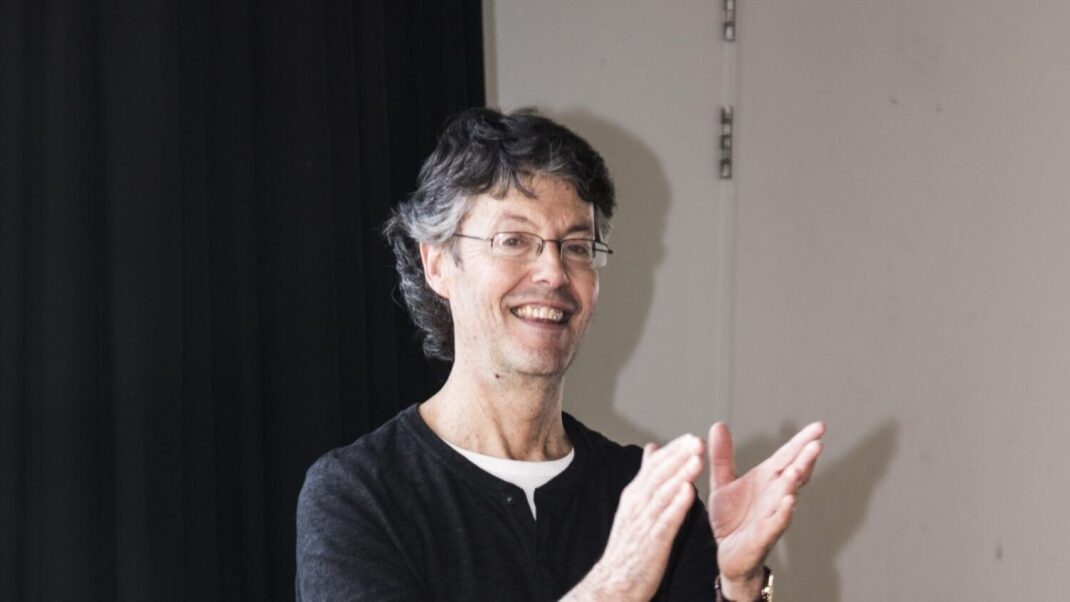

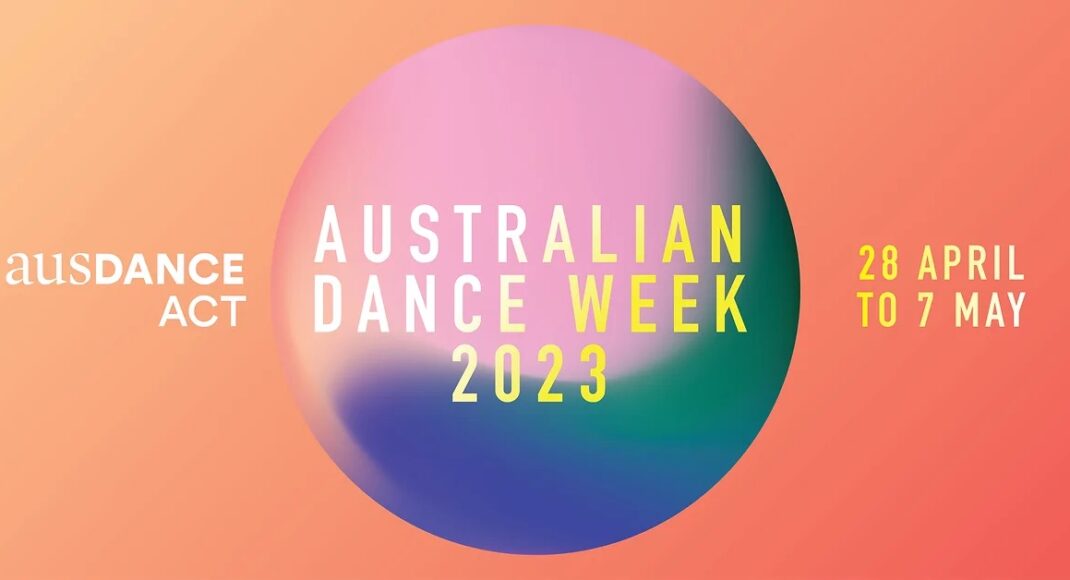
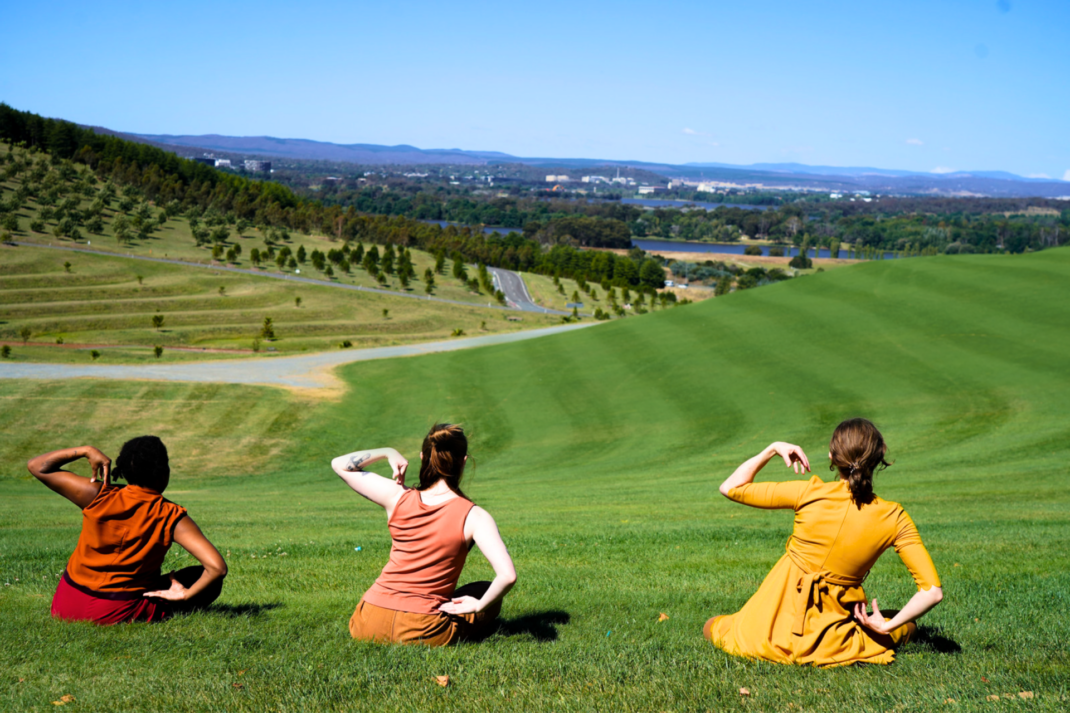
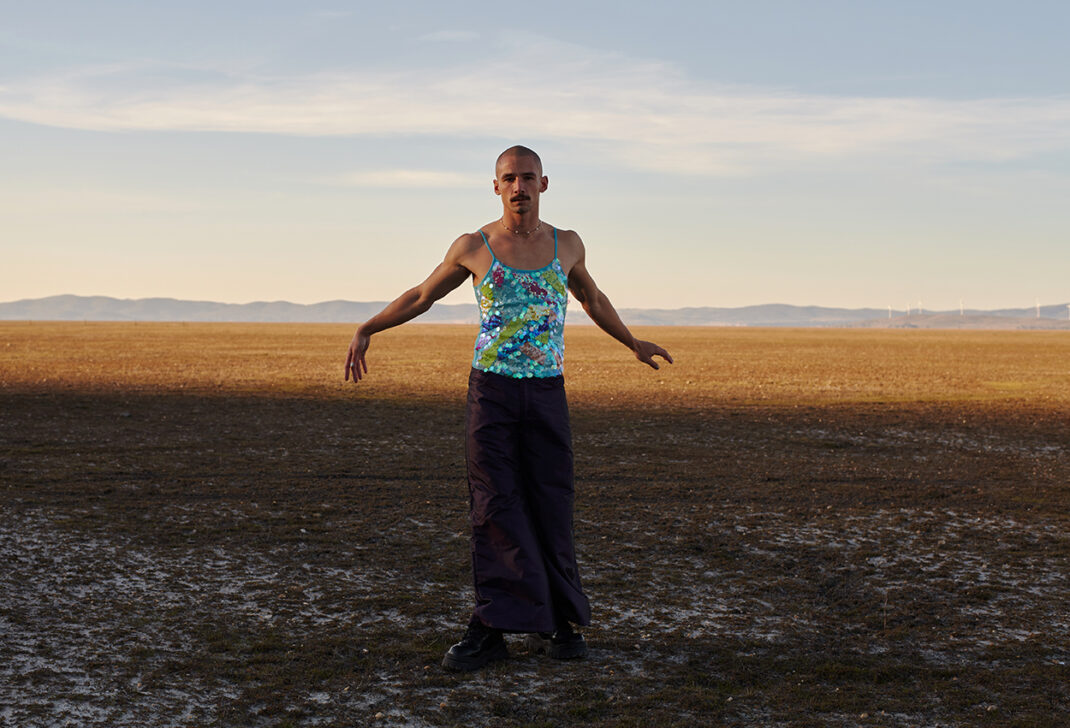
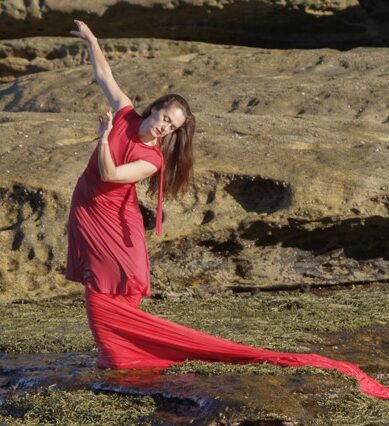
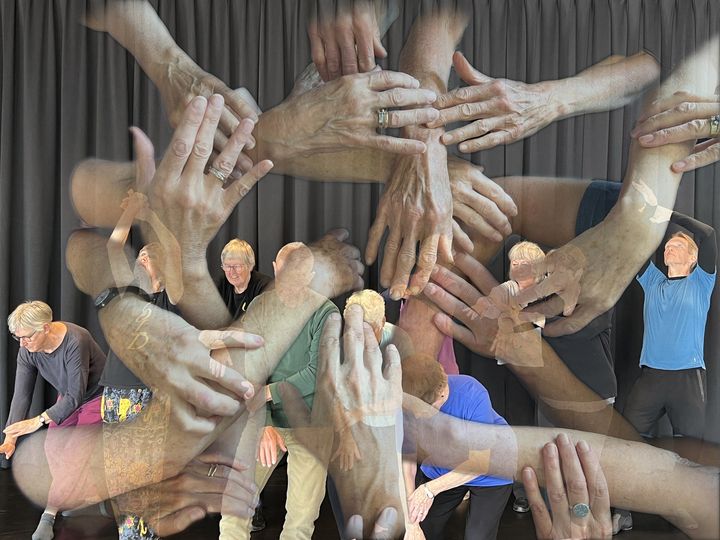
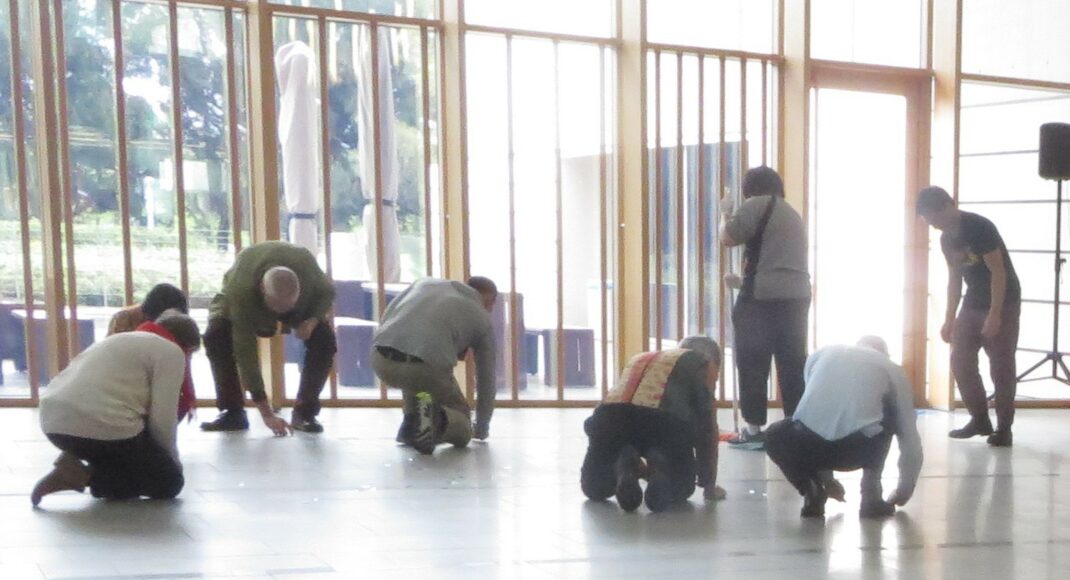
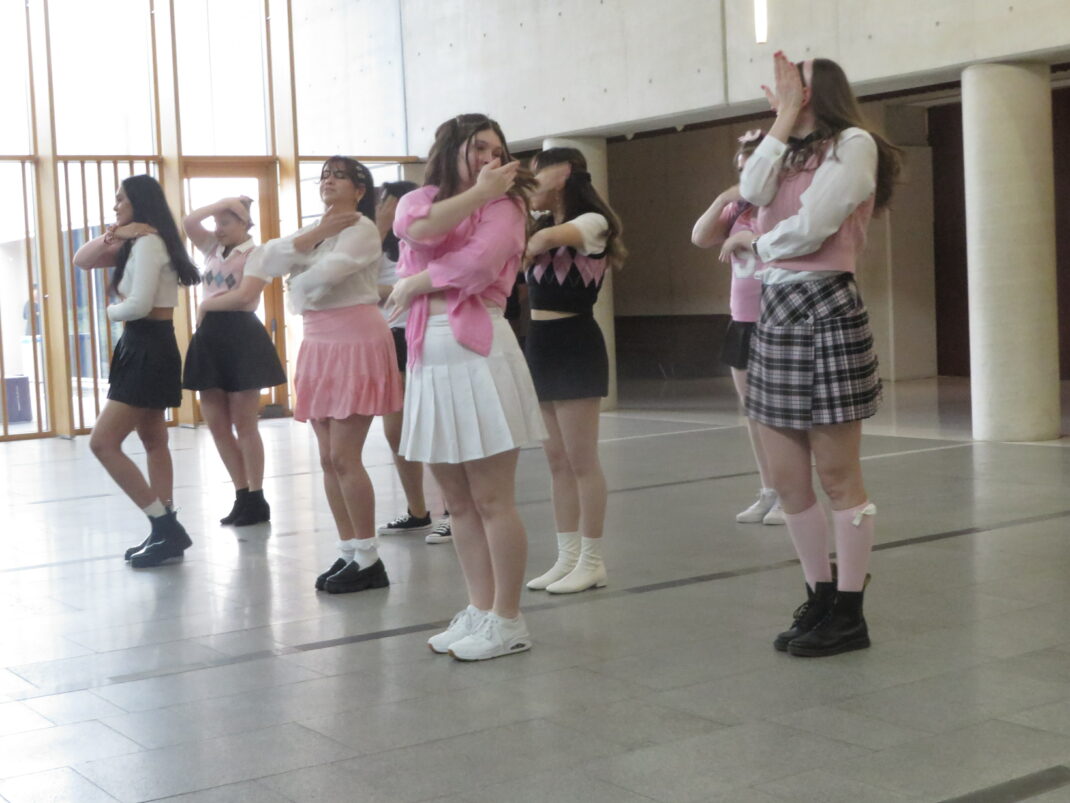
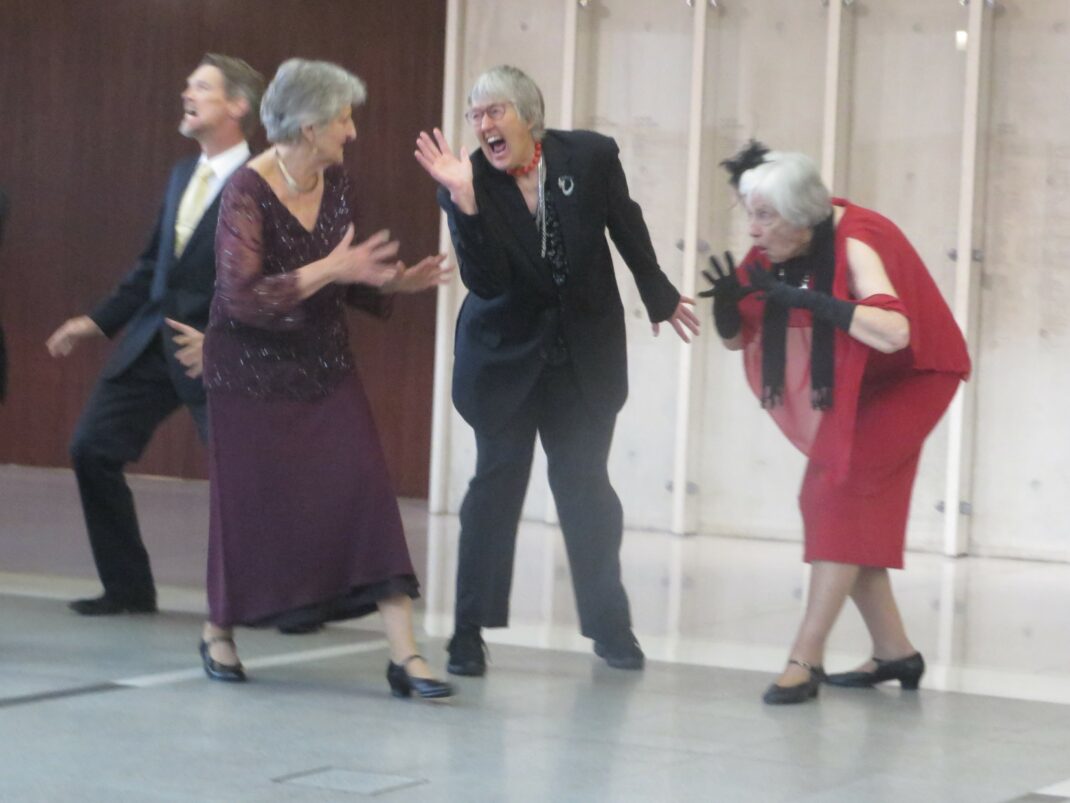

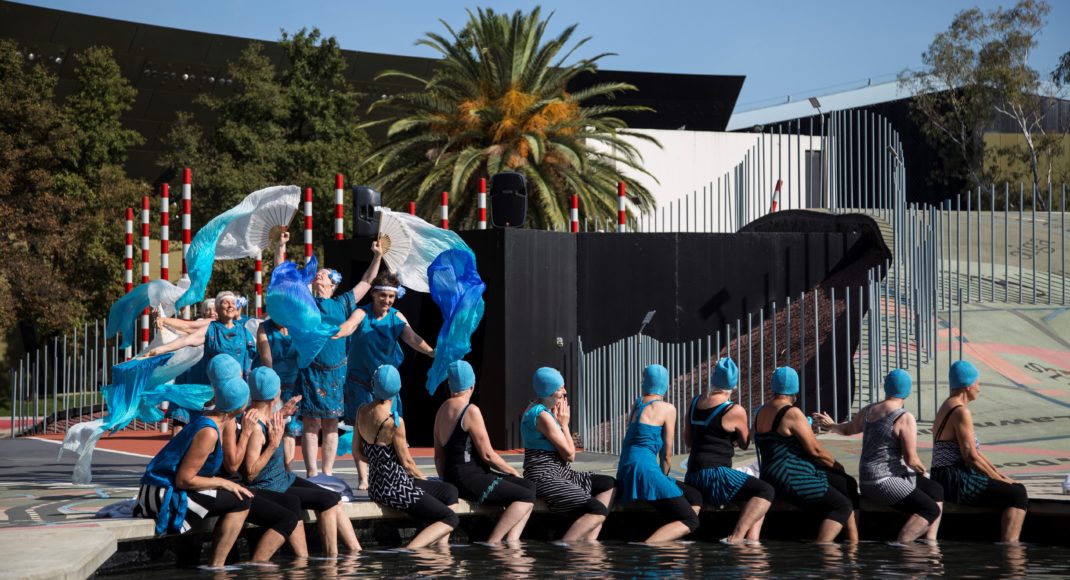

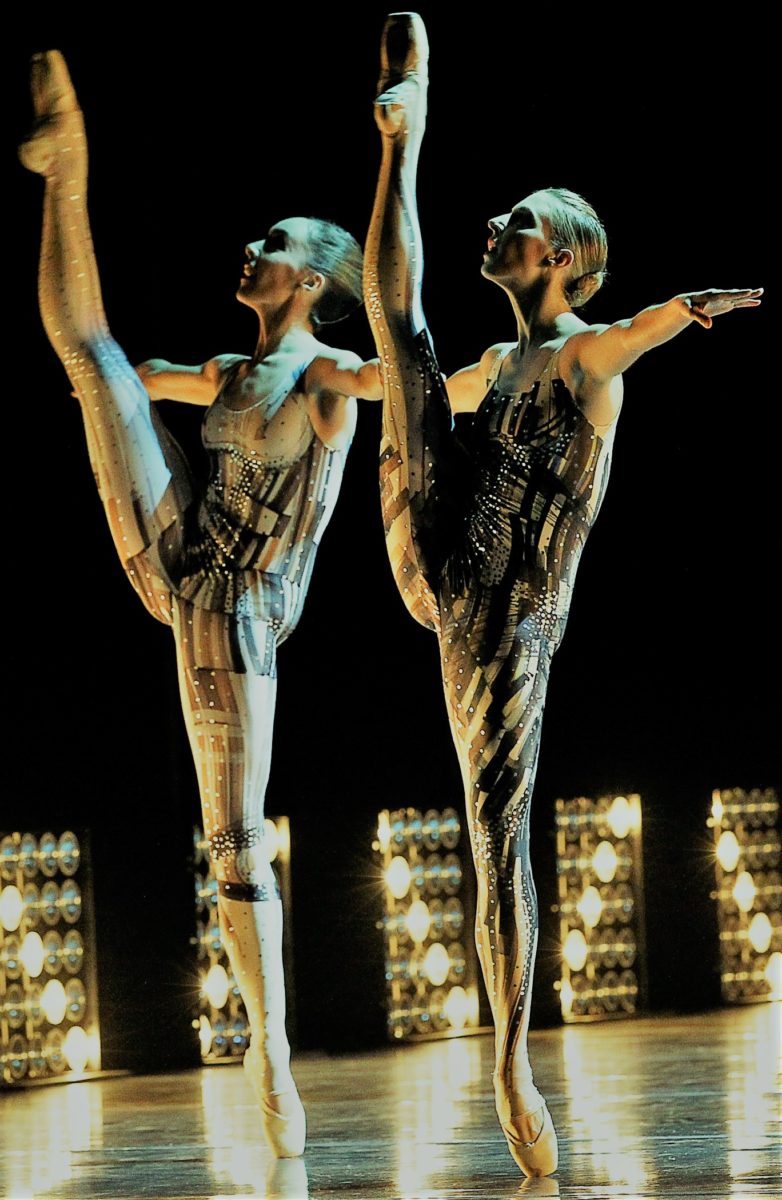
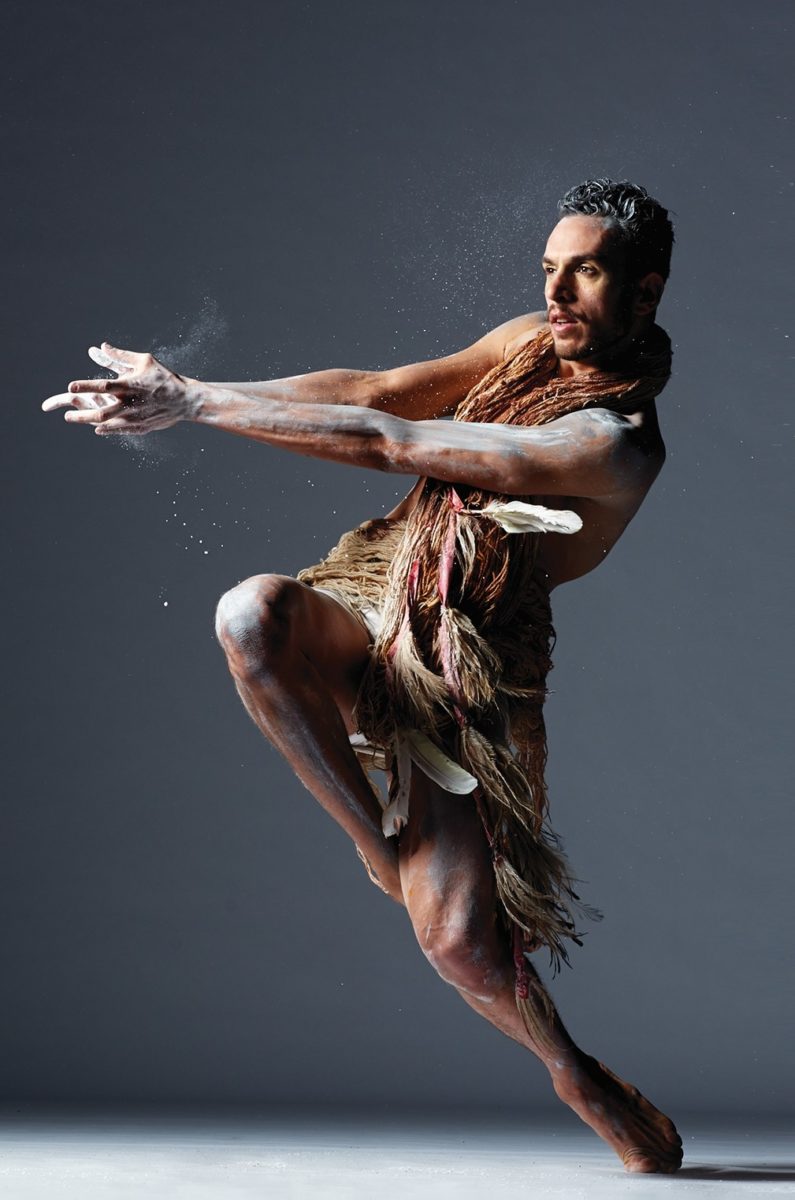
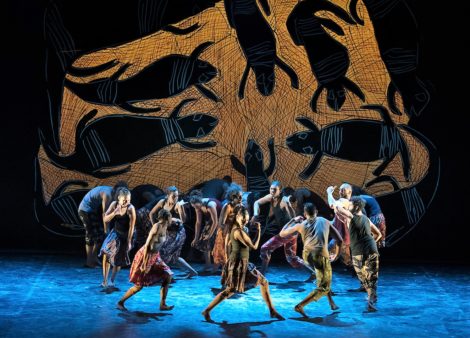
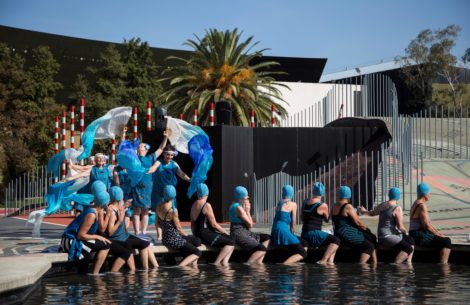
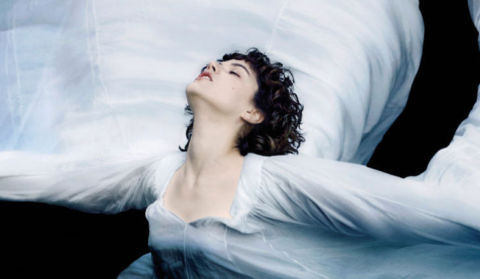
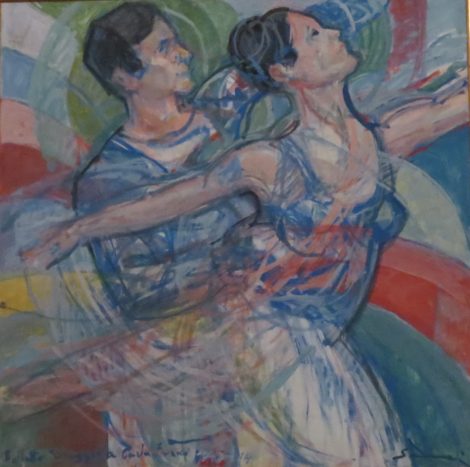
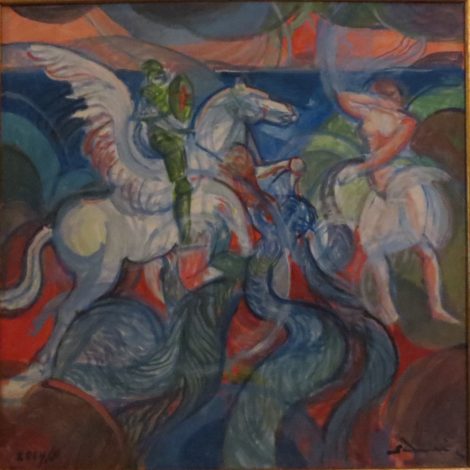 –
–